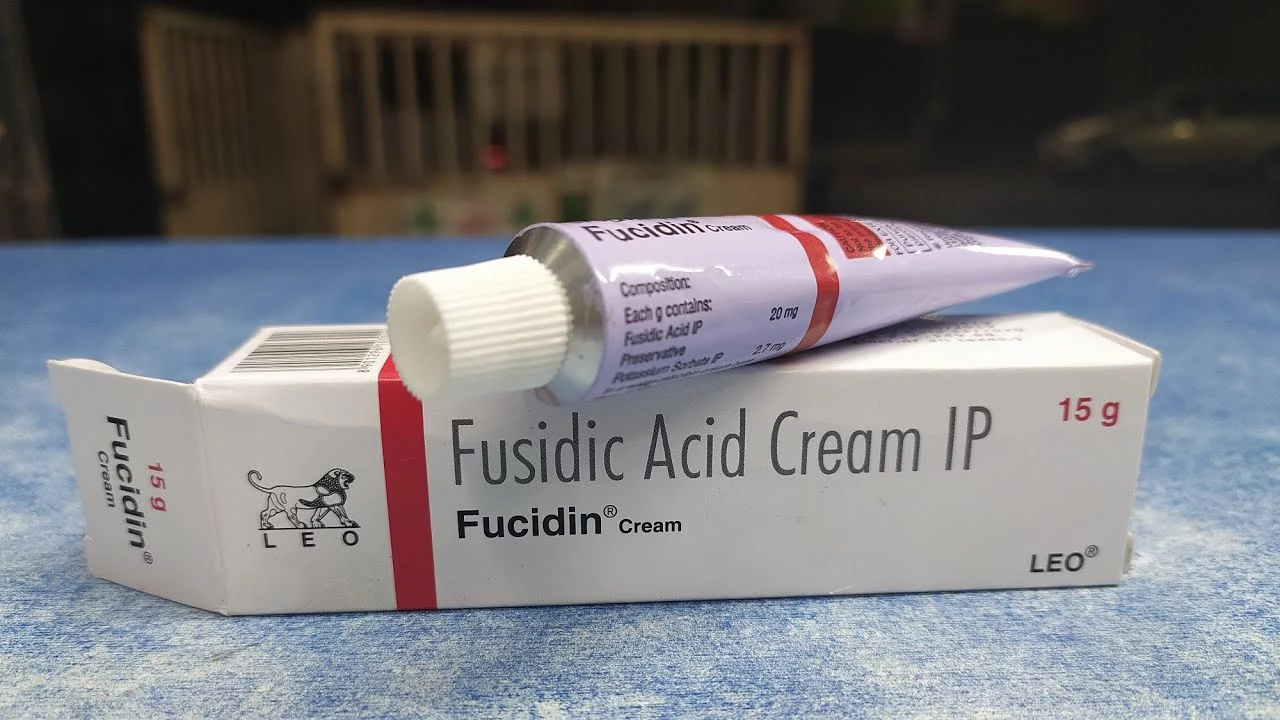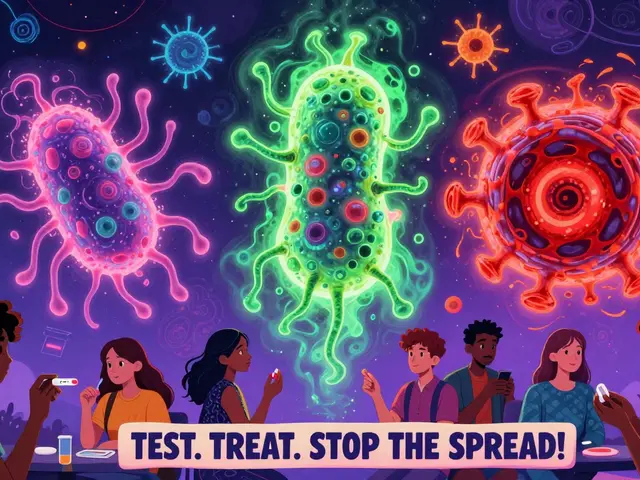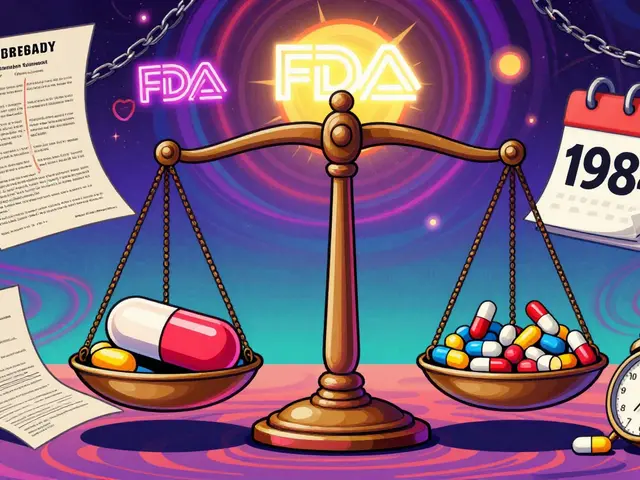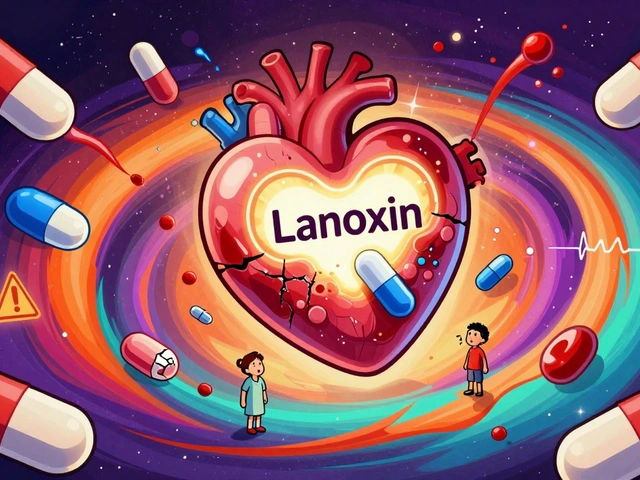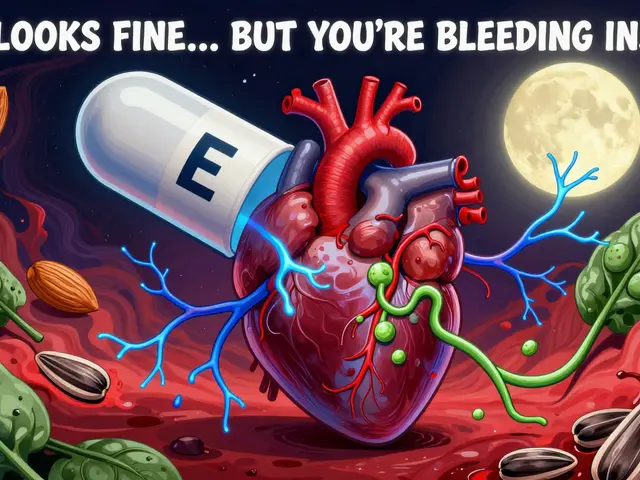Antibiotic therapy: how to use antibiotics safely
Antibiotics save lives, but they’re not magic. Use them the right way and they work. Use them wrong and you can harm yourself, others, and make bacteria harder to treat next time. This page gives straightforward, practical advice you can act on today.
First: antibiotics only treat bacterial infections. They won’t help colds, most sore throats, or flu caused by viruses. If your doctor doesn’t think bacteria are the cause, ask why they aren’t prescribing antibiotics and what symptoms to watch for that would change the plan.
Choosing the right drug and dose
Doctors pick an antibiotic based on where the infection is, how severe it is, and your medical history. Common choices include penicillins, cephalosporins, macrolides, and sulfonamides like Bactrim. If you have allergies, previous side effects, or take other meds, mention those — they change the safest option and dose.
Always take the exact dose and schedule prescribed. Missing doses or stopping early can leave some bacteria alive and increase resistance. If side effects become serious, call your prescriber before deciding to stop; they may switch drugs safely.
Duration, monitoring, and resistance
Duration matters. Some infections need a short 3–5 day course; others require 7–14 days or more. Your doctor will tell you how long based on the infection and response to treatment. If symptoms haven’t improved in 48–72 hours, check back — you might need a different drug or tests.
Antibiotic resistance happens when bacteria survive treatment and adapt. You can slow resistance by avoiding unnecessary antibiotics, finishing prescribed courses, and not sharing meds. Community practices like good hygiene and vaccination also reduce infections and the need for antibiotics.
Watch for common side effects: stomach upset, yeast infections, rash, or photosensitivity. Severe allergic reactions are rare but urgent — swelling, throat tightness, or trouble breathing needs immediate ER care. Keep a list of antibiotics you’ve taken and any reactions to share with future providers.
If you’re buying antibiotics online or abroad, be cautious. Use only licensed pharmacies that require a valid prescription. Fake or low-quality drugs can be ineffective and dangerous. If cost is a barrier, ask your clinician about generics, pill-splitting guidance, or patient assistance programs.
Simple prevention reduces the need for antibiotics. Wash hands, stay up to date on vaccines, care for wounds properly, and avoid unnecessary medical procedures. When you do need antibiotics, following the points above helps protect your health and the wider community.
Fusidic Acid for the Treatment of Necrotizing Fasciitis: A Closer Look
In my latest blog post, I delve into the use of Fusidic Acid for treating Necrotizing Fasciitis, a fast-spreading bacterial skin infection. We explore how this antibiotic, originally used for staph infections, is showing promise in treating this severe condition. We also discuss its potential benefits, such as lower toxicity and fewer side effects compared to other treatments. However, it's important to note that further research is still needed to confirm its efficacy. Join me as we take a closer look at this potentially game-changing treatment option.
